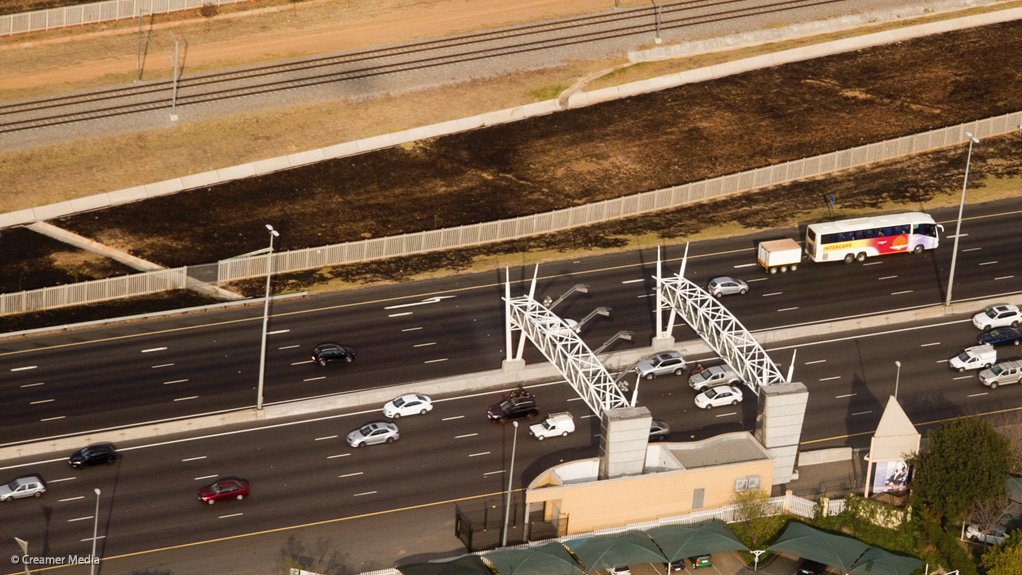Gauteng Premier Panyaza Lesufi, in his State of the Province Address (SoPA) on February 19, said the provincial government had met with the Finance and Transport Ministers on January 26, and that he remains confident Gauteng should be able to end e-tolls by March.
According to Lesufi, the province and the Ministers found common ground on Gauteng Freeway Improvement Project (GFIP) Phase 1 debt, sunk capital expenditure (capex), the capex obligations of the province, the yearly maintenance costs for the GFIP Phase 1, the repurposing of e-toll gantries, the repayment of the South African National Roads Agency's GFIP debt and the future funding of Phases 2 and 3 of the GFIP.
Finance Minister Enoch Godongwana had announced in 2022 that the e-tolls on the GFIP Phase 1 would be scrapped by the end of that year, pending agreement between the Gauteng provincial government and the National Treasury on how the provincial government would fund 30% of debt owed by Sanral for the GFIP Phase 1.
National government had committed to cover 70% of the debt incurred for the first phase of the GFIP.
Several delays have since prevented the scrapping of the e-tolls.
The Organisation Undoing Tax Abuse last week reported that 10% to 12% of Gauteng road users were still paying for e-tolls, with about R40-million a month in e-toll revenue being generated.
Meanwhile, Lesufi further noted in his SoPA that the provincial government was "actively engaging" in initiatives to reinstate rail services across the province to reduce commuting expenses for people travelling to work and school.
"Services have been successfully reinstated on four of the eight identified lines. We welcome Cabinet's approval for a high-speed rail link on the Johannesburg to Durban corridor. This will reduce our carbon footprint, reduce the cost of doing business, facilitate ease of movement of people and goods and reduce road fatalities on the N3 motorway," he said.
Further, the Gautrain Rapid Rail link is set to bring an additional 148 km of rail network to conclude Phase 1, and extend from Sandton to Cosmo City, featuring stops in Randburg and Little Falls on the West Rand.
Gauteng has also made progress in establishing a strategic link to the Limpopo province to facilitate a modal shift from road to rail along the N1 motorway, Lesufi said. This initiative has various objectives, including alleviating traffic congestion and fostering economic growth by facilitating the seamless mobility of commodities for regional and domestic markets, as well as commuters.
"Given the magnitude and complexity of the project, we have planned its execution in multiple phases," he said.
Meanwhile, seven of 18 key arterial roads have been completed and handed over. The K73 Allandale road was completed and handed over in November. The province also completed the Hendrick Potgieter road.
"We will further catalyse the development and expansion of the areas around Waterfall City and Kyalami. Great progress has been made with Winnie Mandela drive, which connects communities such as Diepsloot to the Western and Northern corridors. Once completed, the Vaal interchange will trigger economic development in the Vaal region," Lesufi added.
EMAIL THIS ARTICLE SAVE THIS ARTICLE ARTICLE ENQUIRY
To subscribe email subscriptions@creamermedia.co.za or click here
To advertise email advertising@creamermedia.co.za or click here











